Petroglyphs of Cheonjeon-ri [UNESCO World Heritage] (울주 천전리 명문과 암각화 [유네스코 세계유산])
10.9Km 2025-07-18
Cheonjeon-ri, Dudong-myeon, Ulju-gun, Ulsan
The petroglyphs (figures, pictures, and letters were made on the rocks along the mid-stream area of Naegokcheon Stream, which is a tributary of Taehwagang River. The upper and lower sides of the rocks contain petroglyphs that differ in the content and techniques used. The upper side contains petroglyphs made by means of chiseling. The inscriptions include geometric patterns, animals, and abstract human figures. There are concentric circles, with a round figure looking like the sun at the center, four running deer next to them, and several semi-human animals. The figures with simplistic expression and symbolism appear to have been made during the Bronze Age.
The lower side contains line-drawn picture mixed with Chinese characters. They include a procession of horse riders, animals including dragons, and boats. In particular, the procession of horse riders appears in three different places. The boats provide researchers with important information on the offshore activities carried out by people of the Silla dynasty. The 800-plus written characters are about the King and Queen’s visit to the place. They were presumed to have been inscribed on two occasions during the reign of King Beopheung (r. 514-540) of the Silla dynasty. The content on the official positions and the government system makes it a precious material for those studying Silla during or around the 6th Century. The petroglyphs were made by many people over an extended period of time, providing vivid information on the life and thoughts of people from prehistoric times to the Silla dynasty.
The petroglyphs in Cheonjeon-ri and petroglyphs on the Bangudae Terrace, spanning three kilometers altogether along the Bangucheon Stream, have been inscribed on the UNESCO World Heritage List on July 12, 2025.
(Source: Korea Heritage Service)
Ulsan Petroglyph Museum (울산암각화박물관)
11.0Km 2021-02-22
254, Bangudaean-gil, Ulju-gun, Ulsan
+82-52-229-4797
Ulsan Petroglyph Museum was established on May 30, 2008 at the entrance to Petroglyphs of Bangudae Terrace (National Treasure No. 285) in Ulju-gun. The museum displays 311 exhibit materials and has an exhibition hall, a storage room, a research lab, and an audiovisual room.
The exhibition hall presents models of petroglyphs of Bangudae and petroglyphs of Cheonjeon-ri (National Treasure No. 147), an educational video introducing the petroglyphs, a children’s hall, and family activity facilities. Visitors can observe reproductions of famous petroglyphs at the outdoor exhibit.
Jangsaengpo Whale Museum (장생포 고래박물관)
11.1Km 2021-03-23
244, Jangsaengpogorae-ro, Nam-gu, Ulsan
+82-52-256-6301
The Jangsaengpo Whale Museum opened on May 31, 2005 is the first and only whale museum in Korea and stands on what used to be a central area for the Korean whaling industry. After whaling was banned in 1986, 250 artifacts from whalers and the whaling industry were collected and put on display. Visitors can enjoy experience zones such as the Whale Belly Road or the Underwater Adventure Zone. Exhibitions include things like a Bryde's whale skeleton, a killer whale skeleton, a gray whale corner, and whaling ships.
Jangsaengpo Whale Watching Cruise (장생포 고래바다여행선)
11.1Km 2024-03-06
244 Jangsaengpogorae-ro, Nam-gu, Ulsan
+82-52-226-1900
Jangsaengpo Whale Watching Cruise is a whale tour boat operating from Jangsaengpo, Ulsan, once Korea's largest whaling port. The vessel features cabins, a performance stage, a convenience store, and a restaurant. There are courses available for whale exploration and coastal tours. Passengers can observe whales swimming along the coast of Jangsaengpo or visit attractions such as the Ulsandaegyo Bridge and the Ulsan Petrochemical Complex along the coast. Valid identification is required for boarding.
Whales Fantasium (웨일즈 판타지움)
11.1Km 2025-12-17
271-1 Jangsaengpogorae-ro, Nam-gu, Ulsan
Located in Ulsan, the Whales Fantasium features interactive media exhibitions that showcase the unique stories of the city. The exhibition consists of five themed spaces, each depicting whales and nature in diverse ways. Visitors can also enjoy a café and an observation deck overlooking the Whale Culture Zone and the sea.
Jangsaengpo Whale Culture Village (장생포 고래문화마을)
11.1Km 2024-12-26
271-1 Jangsaengpogorae-ro, Nam-gu, Ulsan
Opened in 2015, Jangsaengpo Whale Culture Village reproduces the scene of an old whaling village through areas like Whale Plaza, Jangsaengpo Old Village, Prehistoric Whale Experience Garden, an aquatic botanical garden and other themed area as well as a sculpture park.
Migration Site of Gray Whales of Ulsan (울산 귀신고래 회유해면)
11.5Km 2025-01-10
Jangsaengpo-dong, Nam-gu, Ulsan
+82-52-277-0101
The Migration Site of Gray Whales of Ulsan is a famous site for watching large gray whales, which usually appear in winter season. The area was officially designated as a National Natural Monument to protect the endangered species.
Ulsan Daegok Museum (울산대곡박물관)
11.8Km 2021-05-18
257, Seohacheonjeon-ro, Ulju-gun, Ulsan
+82-52-229-4787
Ulsan Daegok Museum displays artifacts that were uncovered from the area of Daegok-ri during the construction of Daegok Dam. Approximately 13,000 relics were excavated during land inspection prior to the dam construction, including Hasamjeong Ancient Tomb. These findings were collected and became available for public display when the museum opened on June 24, 2009.
Anian Park (애니언파크(울산 반려동물 문화센터))
12.4Km 2024-10-30
108 Hogyemaegok 6-ro, Buk-gu, Ulsan
Anian Park is the first pet culture complex in the southeastern region of Korea, divided into separate sections for large and small breeds of dogs. The complex is complete with a playground, water play zone, pet bath and more. The facility also offers etiquette classes for pets and owners, as well as certification programs.
Ulsan Onggi Festival (울산옹기축제)
13.0Km 2025-07-11
36 Oegosan 3-gil, Onyang-eup, Ulju-gun, Ulsan
+82-52-980-2233
Ulsan Onggi Festival is held annually in early May in Oegosan Onggi Village in Ulju-gun, renowned for its traditional onggi (earthenware)-making techniques. The festival promotes the regional specialty, onggi, contributing to the spread of everyday onggi and the development of traditional industries. The main event, “Touch of the Onggi Master,” features demonstrations by master onggi artisans from Oegosan. There are various hands-on activities for children, including stepping on clay, playing with clay, and making and firing onggi. Visitors can also learn about the uses of onggi in food storage and fermentation, and view onggi from around the world. Don’t miss the opportunity to taste local specialties and foods from Ulju.
◎ Onggi
Onggi is a type of bowl crafted from soil, using water, fire, and wind. This traditional pottery has been produced since the Three Kingdoms period and is well-suited for long-term food storage due to its excellent ventilation and preservative capabilities.
![Petroglyphs of Cheonjeon-ri [UNESCO World Heritage] (울주 천전리 명문과 암각화 [유네스코 세계유산])](http://tong.visitkorea.or.kr/cms/resource/14/3335114_image2_1.jpg)
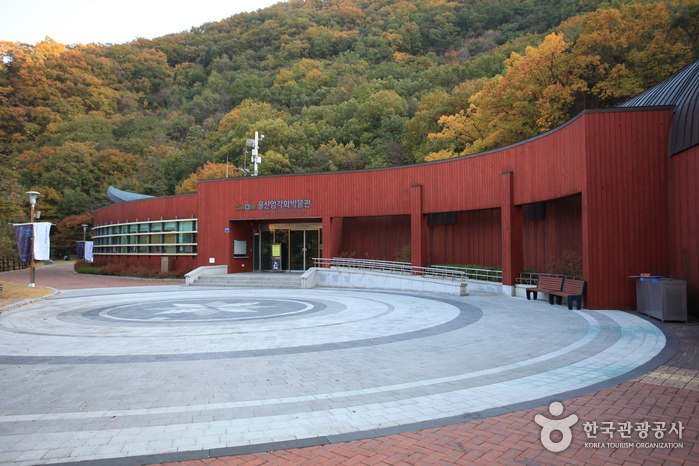
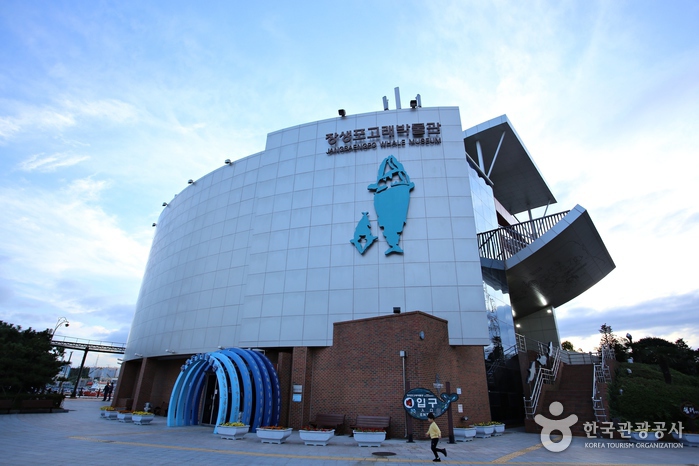
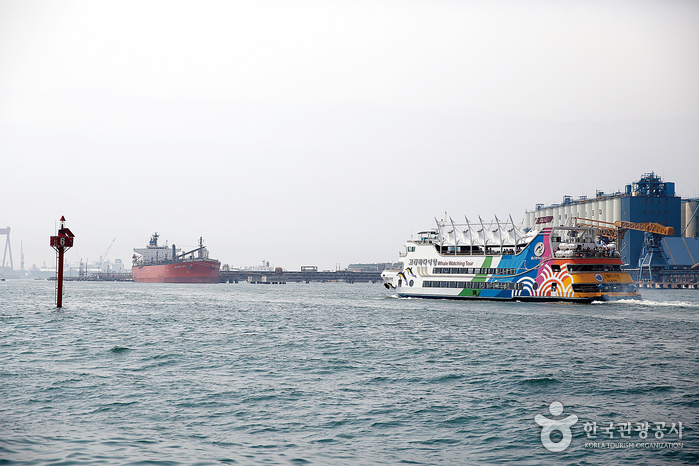

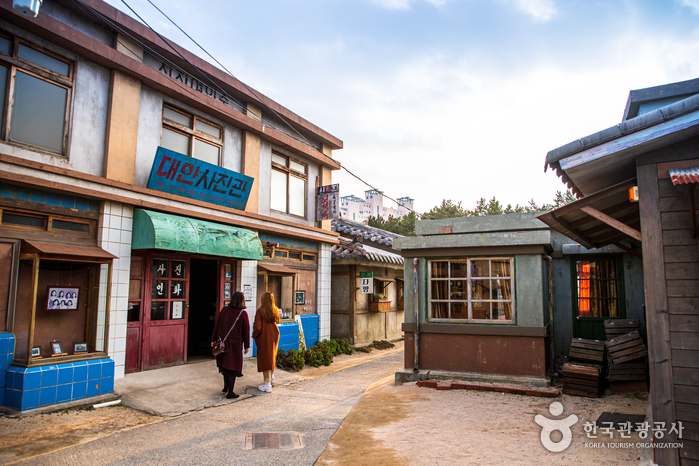
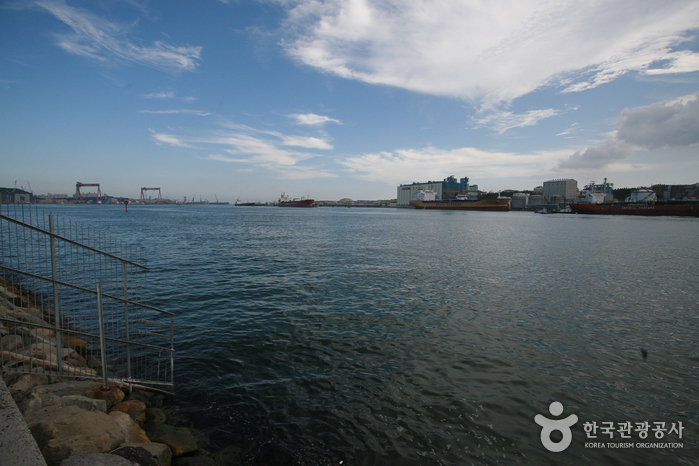

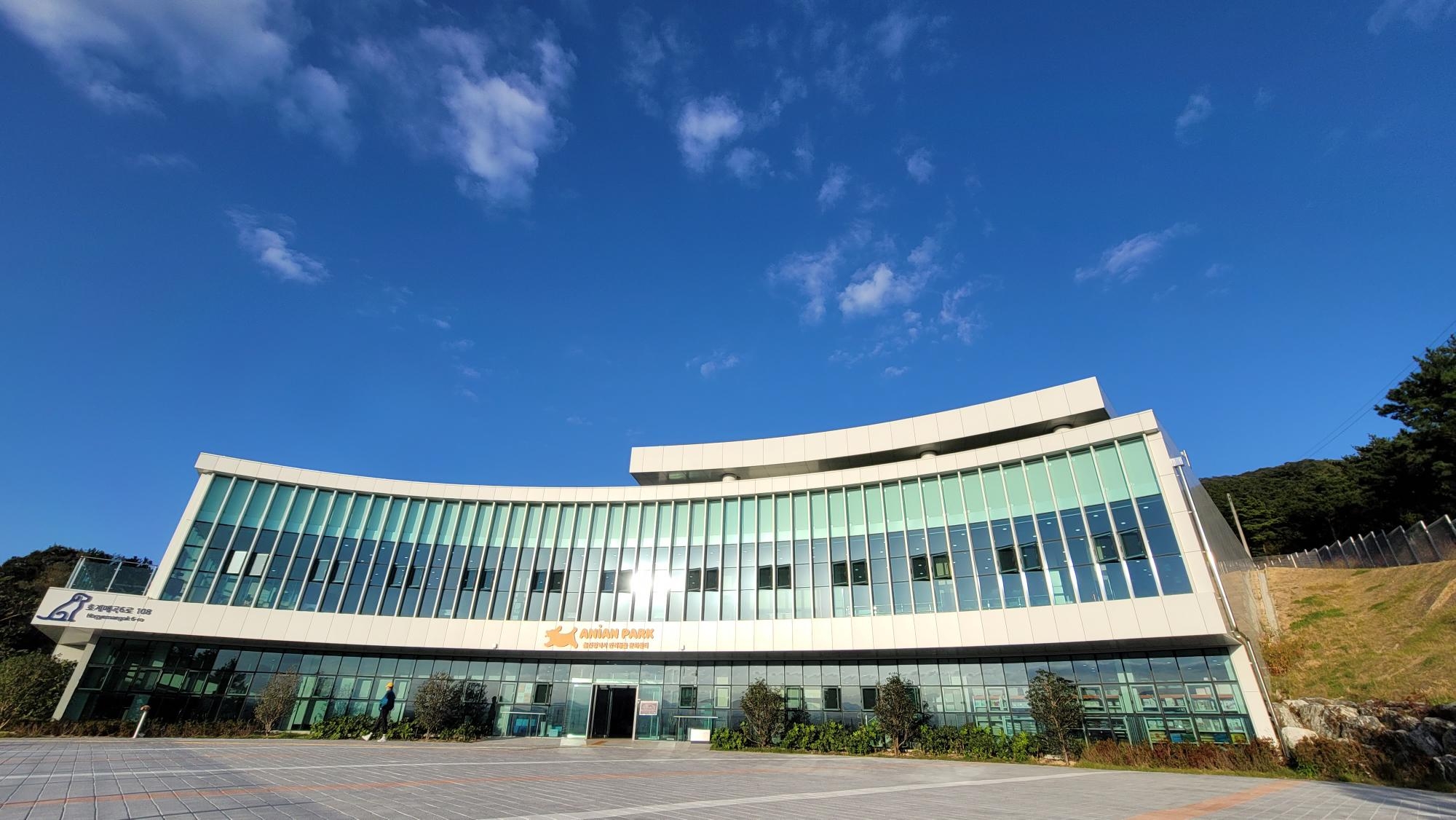
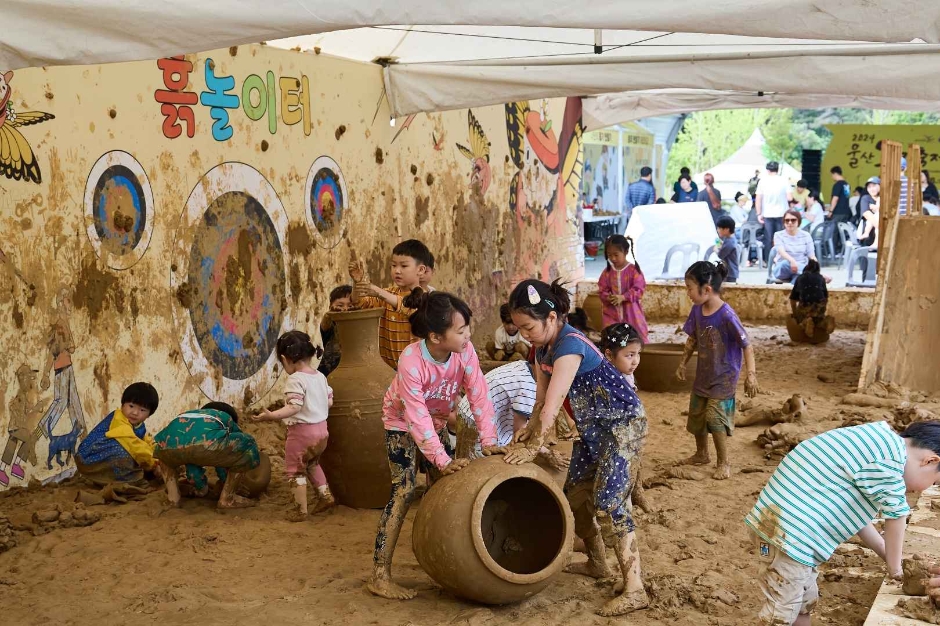
 English
English
 한국어
한국어 日本語
日本語 中文(简体)
中文(简体) Deutsch
Deutsch Français
Français Español
Español Русский
Русский